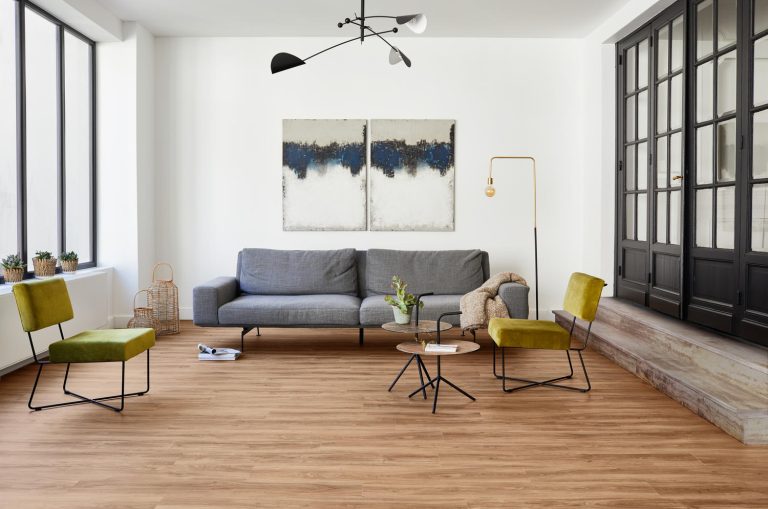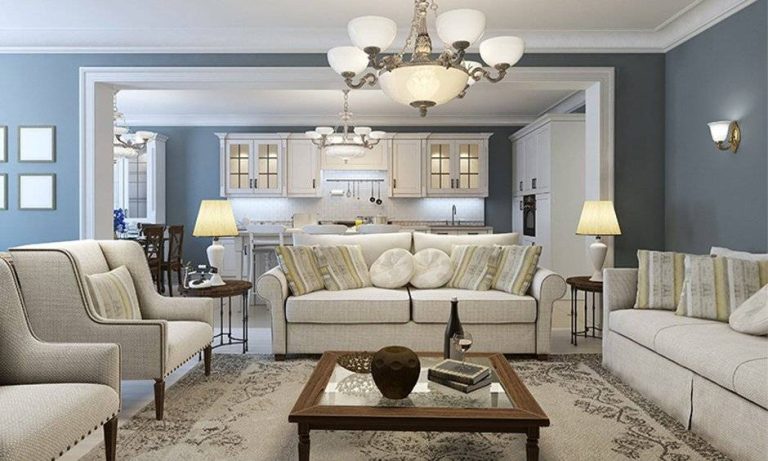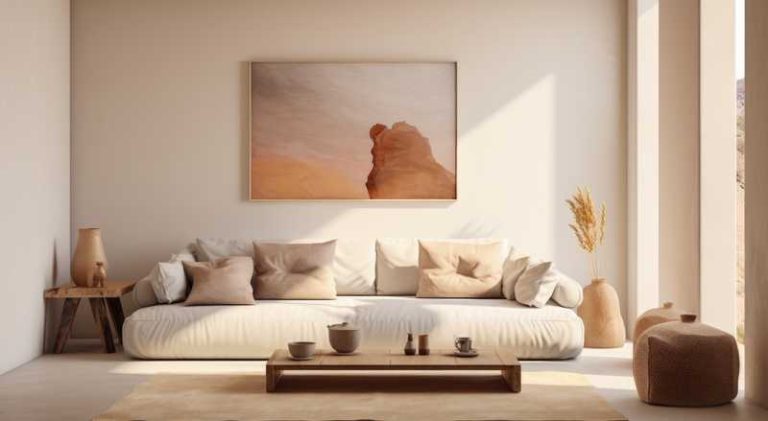
When it comes to designing a home, the terminology around home design can often cause confusion, especially when it comes to the terms “decor” and “interior.” These two words are often used interchangeably, but in the world of design, they represent two distinct concepts that contribute to creating a beautiful and functional living space. Both are essential in crafting the ambiance of a home, yet they focus on different aspects of design. Understanding the nuances between decor and interior can help homeowners make more informed decisions about how to approach their living spaces. But which is truly more important? Let’s explore the fundamental differences between decor and interior, their respective benefits, and how they work together to create an ideal home environment.
Defining the Terms: What Exactly is Decor?
Decor refers to the stylistic elements that give a space its personality, visual appeal, and emotional resonance. It’s all about the smaller details that define a room’s aesthetic. Decor encompasses everything from furniture and color schemes to textiles, wall art, rugs, and accessories such as vases, lighting fixtures, and decorative objects. It can also involve decorative techniques like layering, arranging, and accessorizing, which enhance the overall look of a space.
What makes decor so compelling is that it is often the most personal and customizable part of home design. This is where homeowners can really infuse their unique tastes and preferences. If interior design is the foundation of a home, decor is the finishing touch that adds layers of warmth, personality, and flair. For example, consider the soft elegance of a velvet sofa paired with metallic accent pillows, or a vintage bookshelf adorned with personal photographs and artwork. These decorative details can transform an ordinary space into one that feels distinctly like “home.”
Because decor is primarily visual, it offers more freedom for creativity and experimentation. A room’s decor can be changed relatively easily, whether it’s swapping out throw pillows, changing the curtains, or updating a rug. This makes decor an ideal avenue for those who enjoy updating their space with the seasons, or for renters who may not have the freedom to make permanent changes to their living environment.
Defining the Terms: What is Interior Design?
In contrast, interior design encompasses the broader, structural aspects of a space. It focuses on the functional layout, the overall architectural elements, and the choice of materials that shape the flow and functionality of a room. Interior design is about making sure a space works well in terms of both aesthetics and practicality. This includes considerations such as floor plans, lighting, furniture arrangement, and even acoustic treatments.
Interior design is concerned with creating a harmonious environment that not only looks good but is also comfortable and livable. It incorporates elements such as space planning, lighting design, and ergonomic furniture choices, all while taking into account the purpose of the room and the lifestyle of its inhabitants. For example, a well-designed kitchen isn’t just stylish—it’s efficient, with a logical arrangement of appliances, ample storage, and work surfaces that make cooking a breeze. Similarly, in a living room, interior design ensures that the seating arrangement promotes good conversation and comfort, while also aligning with the room’s overall flow and balance.
The distinction here is that interior design deals with the structure and layout of a space, focusing on the way elements work together in a more technical and functional sense. It’s about creating the bones of a space before decoration takes place. Interior design professionals often have a background in architecture or design principles, ensuring that rooms are both aesthetically pleasing and highly functional.
Decor: The Art of Expression and Atmosphere
While interior design provides the backbone for a well-functioning space, decor is where the heart and soul of the room come alive. Decor plays a significant role in setting the mood or tone of a space. It’s the area of design where you can let your creativity shine. Whether you’re drawn to the earthy warmth of boho decor, the sleek lines of modern design, or the luxurious textures of contemporary glam, decor gives you the freedom to express your personality and create an environment that feels true to you.
Moreover, decor has a direct impact on how people feel when they enter a space. A carefully chosen color palette, thoughtfully arranged furniture, and personal decorative items can evoke feelings of warmth, comfort, serenity, or excitement. A well-decorated home can transform the mundane into the extraordinary. It can create a sanctuary where you can relax after a long day, entertain guests in style, or find inspiration for your next big project. The power of decor lies in its ability to tell a story, to reflect a lifestyle, and to add life to a space.
Because decor is highly adaptable, it can be an ongoing project—ever evolving as trends change or as personal preferences shift. Homeowners can experiment with different looks without making major changes to the structural components of their space, which makes decor a flexible and dynamic aspect of home design.
Interior Design: Functionality Meets Beauty
Interior design, however, takes a more holistic approach to the space, focusing not only on beauty but also on practicality. It’s about creating a balance between function and form. An expertly designed room will not only look beautiful but also serve its purpose effectively. For example, the interior design of a bedroom may include built-in storage solutions, an optimal arrangement of furniture for easy movement, and smart lighting choices to enhance sleep quality.
One of the key benefits of good interior design is that it maximizes the functionality of a space. It considers the specific needs of the inhabitants and ensures that a room functions in the most efficient and comfortable way possible. For example, in a small apartment, interior design techniques like using multi-functional furniture or maximizing natural light can make the space feel more open and welcoming.
Interior design also takes into account the flow between different rooms, ensuring that there is a sense of harmony and continuity throughout the home. The layout of the rooms, the materials used in finishes, and the flow of traffic within the space are all part of the puzzle. The decisions made in interior design are crucial for creating a home that is not only beautiful but livable.
The Marriage of Decor and Interior Design
While decor and interior design have distinct focuses, they are most effective when they work together. Interior design sets the stage, ensuring that the room functions well and the layout is ideal, while decor adds the emotional, visual touch that makes the space feel complete.
In a successful design project, the interior designer will create a layout that addresses both the structural and functional needs of the space. Once this is done, the decorator steps in to refine the details, infusing the room with personality through colors, textures, and accessories. For example, a beautifully designed living room might feature an open, airy layout with comfortable seating, natural light, and ergonomic furniture, while the decor would consist of plush throw pillows, vibrant artwork, and a statement rug that ties the whole room together.
This synergy between interior design and decor is essential for creating a home that is not only visually appealing but also functional and welcoming. Without interior design, spaces can feel cluttered or inefficient. Without decor, even the most well-designed room may lack personality and warmth.
Conclusion: What Works Best?
Ultimately, the question of whether decor or interior design is more important doesn’t have a one-size-fits-all answer. Both play pivotal roles in creating a space that is both functional and aesthetically pleasing. Interior design provides the framework, ensuring that a room is well-organized and practical, while decor brings that framework to life with personality and flair.
For a truly harmonious living space, it’s essential to appreciate the balance between these two elements. A thoughtfully designed home is not only about having beautiful decor or a well-thought-out layout; it’s about combining both to create a space that works perfectly for you. Whether you prioritize decor or interior design—or find the right balance between the two—the goal should always be to create a space that feels like home.





